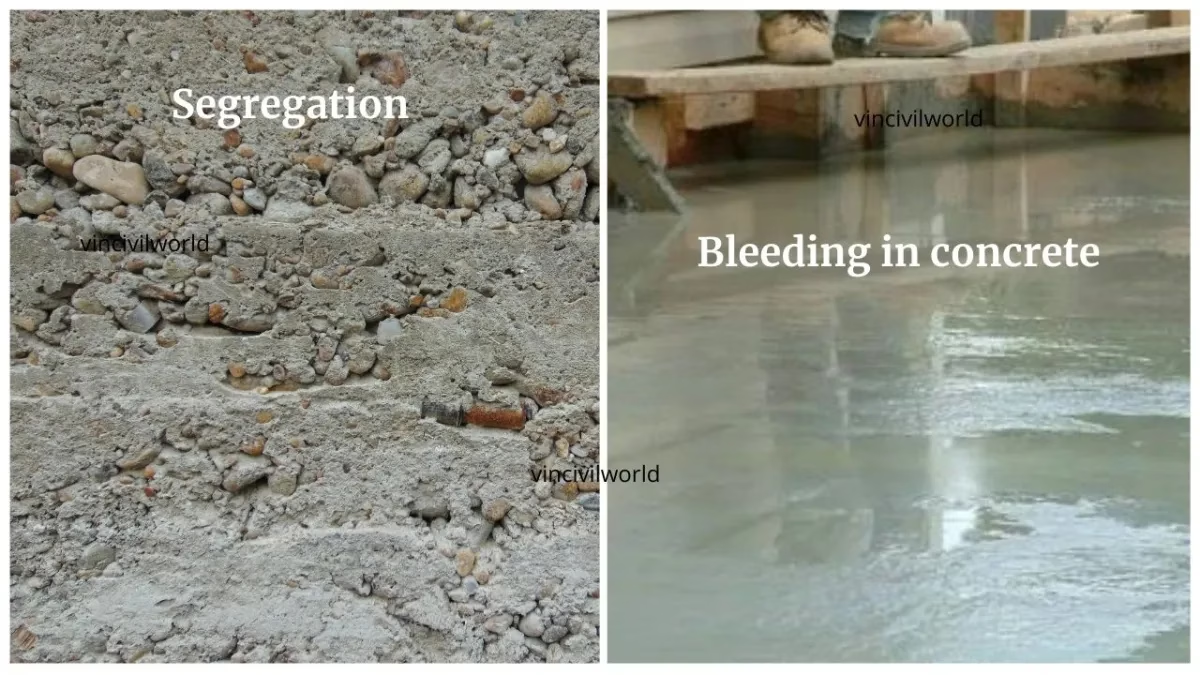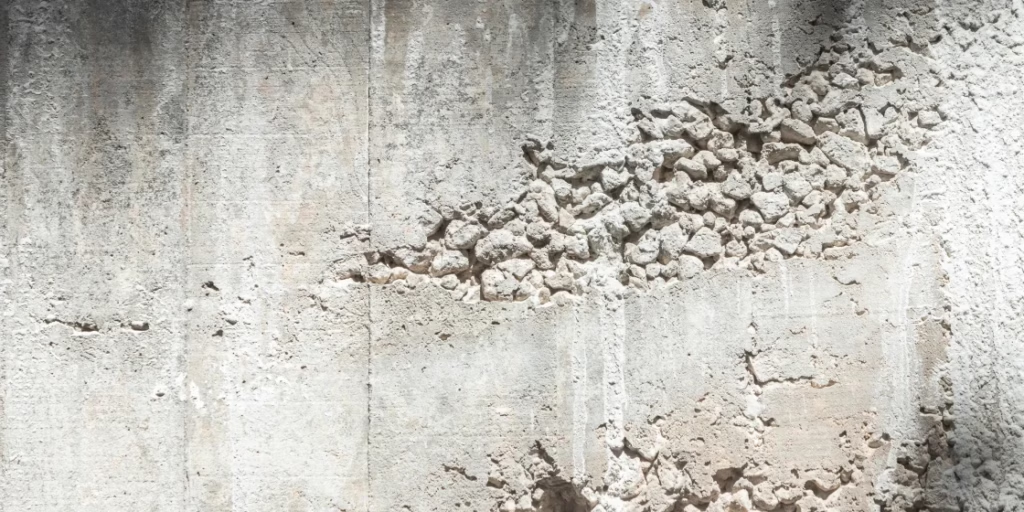Concrete segregation and bleeding are two critical phenomena that can significantly compromise the quality, strength, and durability of concrete structures if not properly understood and managed. These issues, often arising from fundamental concrete mix design issues, can lead to a host of problems during and after placement. We will delve into the causes of concrete segregation , exploring how improper handling, transportation, or excessive vibration can lead to the separation of concrete’s constituents. Simultaneously, we’ll examine the causes of concrete bleeding, where water rises to the surface, and discuss effective bleeding in concrete remedies to prevent its detrimental effects. Both phenomena are intimately linked to the overall workability of concrete; a poorly workable mix is often more prone to these defects. By understanding these pervasive concrete defects and solutions, engineers and contractors can ensure higher quality, longer-lasting concrete structures.
Concrete segregation and bleeding are key issues in construction. Segregation is the separation of concrete ingredients from one another. Concrete is one of the most used construction materials. It consists of coarse aggregate, fine aggregate, cement and water. There are many reasons for the cause of segregation. This article is about concrete segregation and bleeding and their types, causes and remedies.
Table of contents
What is Segregation in Concrete?
Workability is an important property of concrete that reflects how easily we can place a particular concrete mix . Good concrete should be uniformly mixed and easily placeable without segregation or bleeding.
What is segregation in concrete ?
Segregation of concrete is the separation of ingredients in concrete. Since concrete is a non-homogeneous material, improper mixing is the main reason for the segregation. It occurs during transporting, handling and placing of concrete. Also, it affects the concrete properties. The strength of concrete decreases and leads to cracking. Therefore it should be properly mixed before use in construction.
Causes of Segregation in Concrete
A good quality concrete mix is prepared by considering factors like the size of aggregate, water-cement ratio, compaction, etc. They are many reasons for the causes of segregation. They are
- Improper mixing of concrete ingredients
- Excess use of water
- Poorly grading of aggregates
- difference in the aggregate sizes
- Due to improper handling of concrete
- Difference in the specific gravity of aggregates
- Improper vibration of concrete
- Placing of concrete from greater heights
- Improper transporting of concrete
- Long time Mixing of concrete
Prevention of segregation is very important as it adversely affects the properties of concrete.
Types of Segregation
Segregation occurs in three types such as
- Separation of water and cement from other ingredients
- Segregation of coarse aggregate
- Separation of water content
Segregation is hard to measure since there is no particular test for determining it. However, the Flow table test measures the segregation. Also, the slump test of concrete can give an idea about segregation. Coarse aggregate in concrete tends to settle down from other ingredients. Usually, It occurs when the concrete mix is dry. While segregation by separation of water content occurs due to an insufficient amount of fine aggregates or due to the use of an excess amount of water content.
What is bleeding in concrete?
Segregation occurs when the principal ingredients in a concrete mix – in other words, gravel aggregate, cement, and water – separate prior to and during the curing process. Moreover, Segregation causes excessive amounts of water to rise to the surface. This process is know as bleeding. Bleeding is also similar to segregation in which the water in the concrete rises to the surface of the concrete. As a result, the concrete becomes porous and weak.
Bleeding affects its strength and its durability of concrete . Likewise, It breaks the bond between the concrete and steel reinforcement. However, a proper proportion of concrete ingredients and controlled vibration can reduce bleeding. Moreover, air entraining admixtures can also be used for reduce bleeding.
Causes of bleeding in concrete
The main causes of bleeding in concrete mix is as follows
- Segregation is the main cause of bleeding in concrete
- High water cement ratio causes bleeding.
- Type of cement used and quantity of fine aggregate
- Over vibration
Bleeding in Concrete Remedies
By adapting the following methods bleeding can be reduced
- Minimum water cement ratio should be maintained.
- A proper design mix
- Use mineral admixtures like fly ash
- Use air entrapping admixtures
- Maintain fine aggregate ratio
Key Takeaways
- Concrete segregation and bleeding can compromise the quality and durability of concrete structures if not managed properly.
- Segregation involves the separation of concrete ingredients, often caused by improper mixing, handling, or excessive vibration.
- Bleeding occurs when excess water rises to the surface, weakening the concrete and reducing its durability.
- Causes of both phenomena include high water-cement ratios, poor grading of aggregates, and improper mixing techniques.
- Effective remedies include maintaining proper water-cement ratios for workability of concrete, using admixtures, and ensuring a well-designed mix.
Related Links
Conclusion
In conclusion, effective management of concrete segregation and bleeding is paramount for achieving durable and high-quality concrete. Understanding the specific causes of bleeding, such as excessive water content or inadequate fines, is as crucial as recognizing the factors leading to segregation, like improper handling or compaction. Addressing these issues fundamentally ties back to informed concrete mix design issues and ensuring optimal workability of concrete from the outset. By diligently applying appropriate bleeding in concrete remedies and preventing segregation through best practices, contractors can significantly mitigate pervasive concrete defects and solutions. Ultimately, a proactive approach to these common challenges ensures the longevity, structural integrity, and superior performance of concrete constructions.





One thought on “Concrete Segregation and Bleeding – Causes and Remedies”